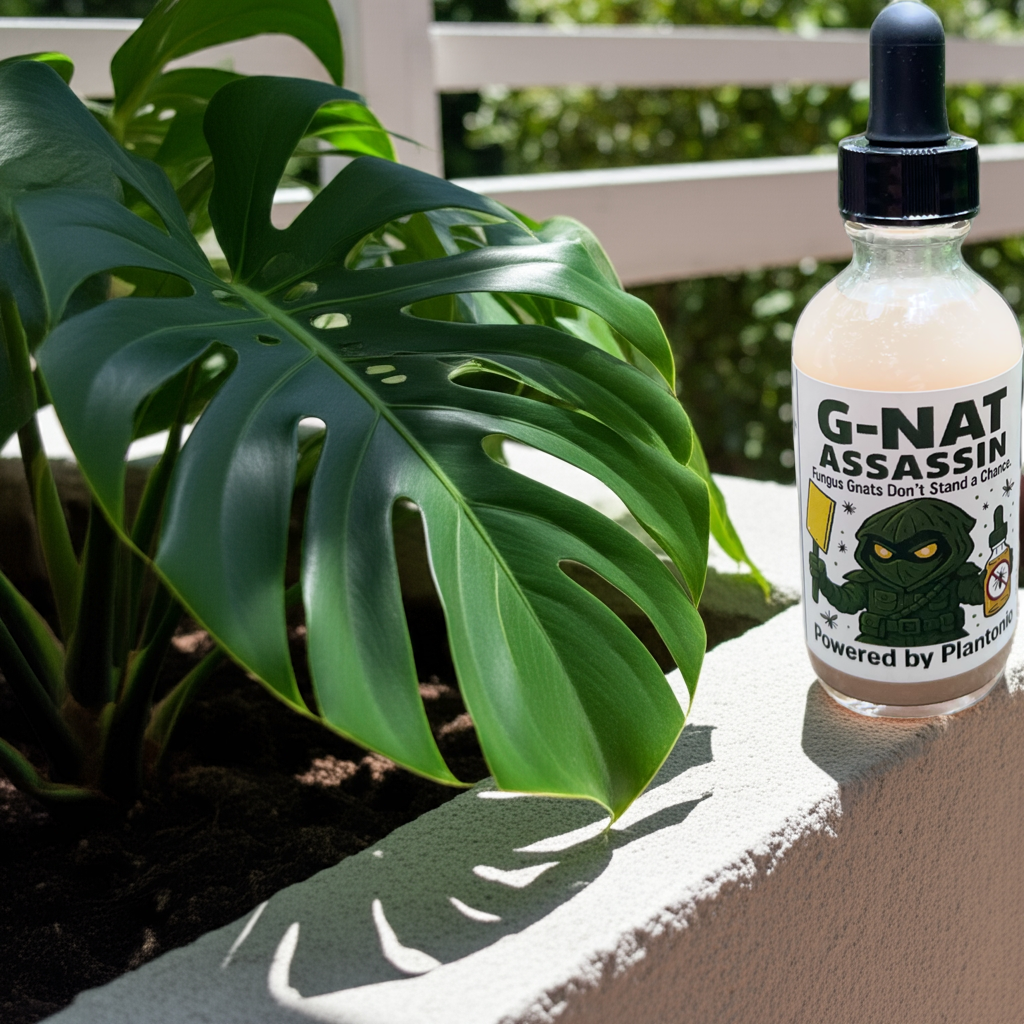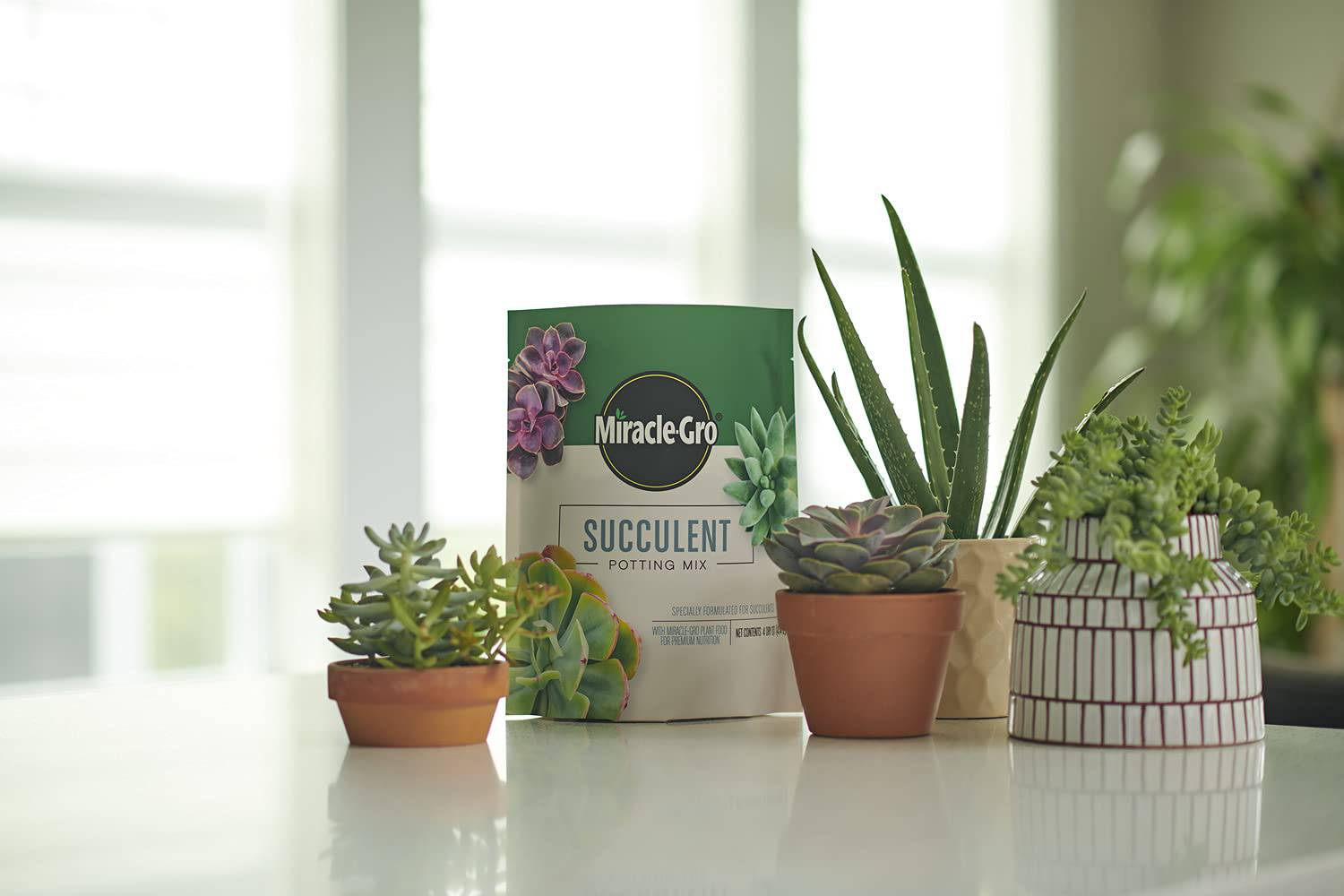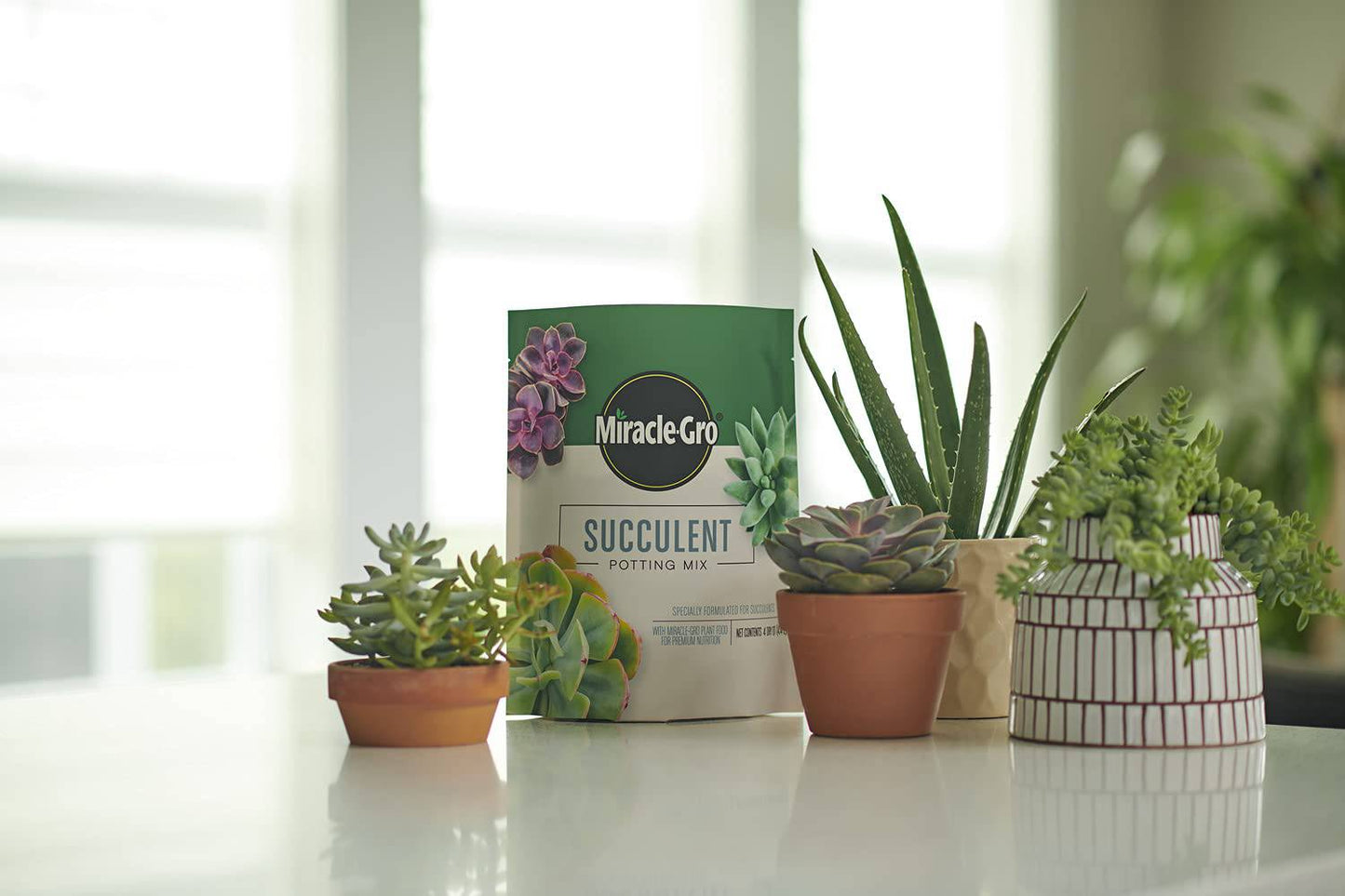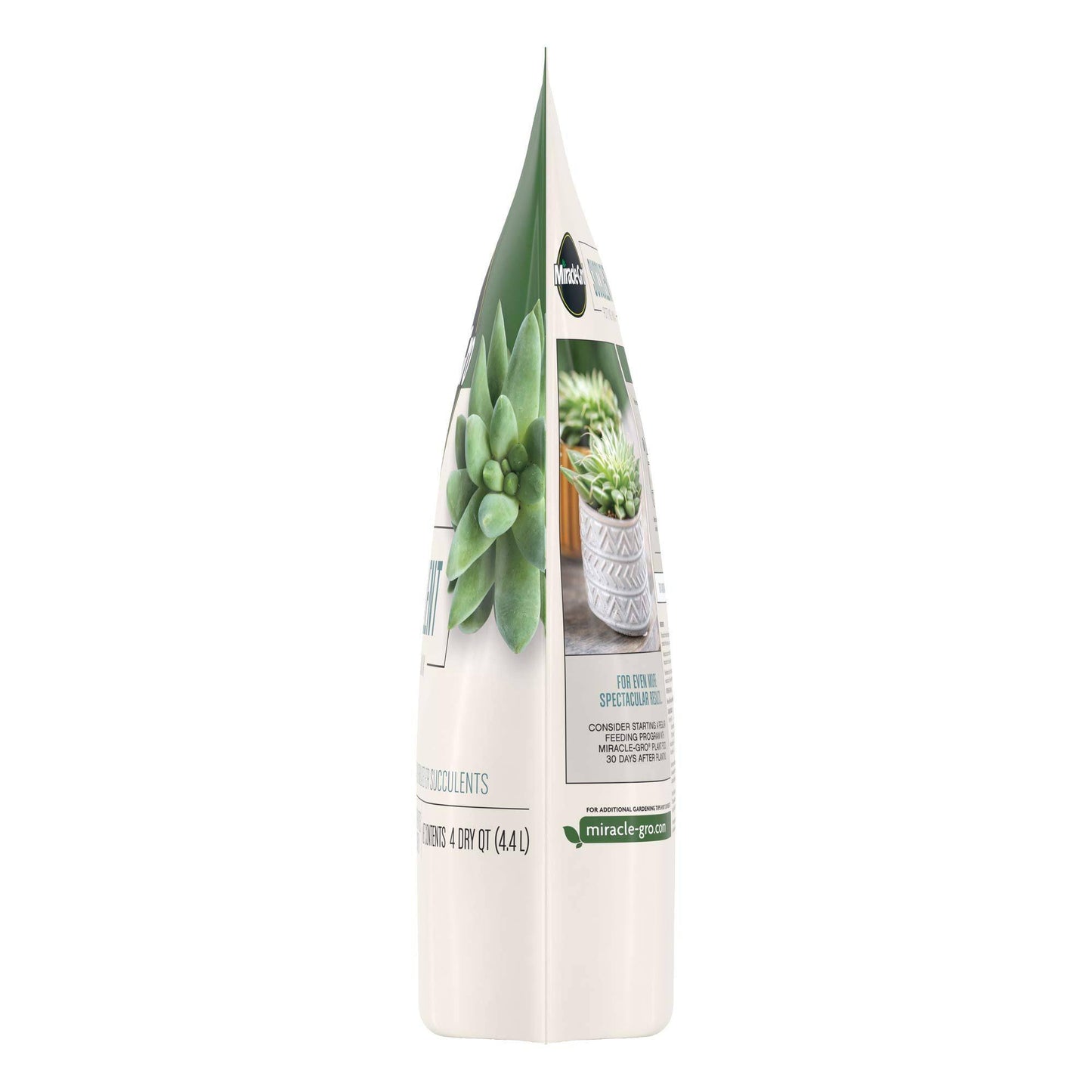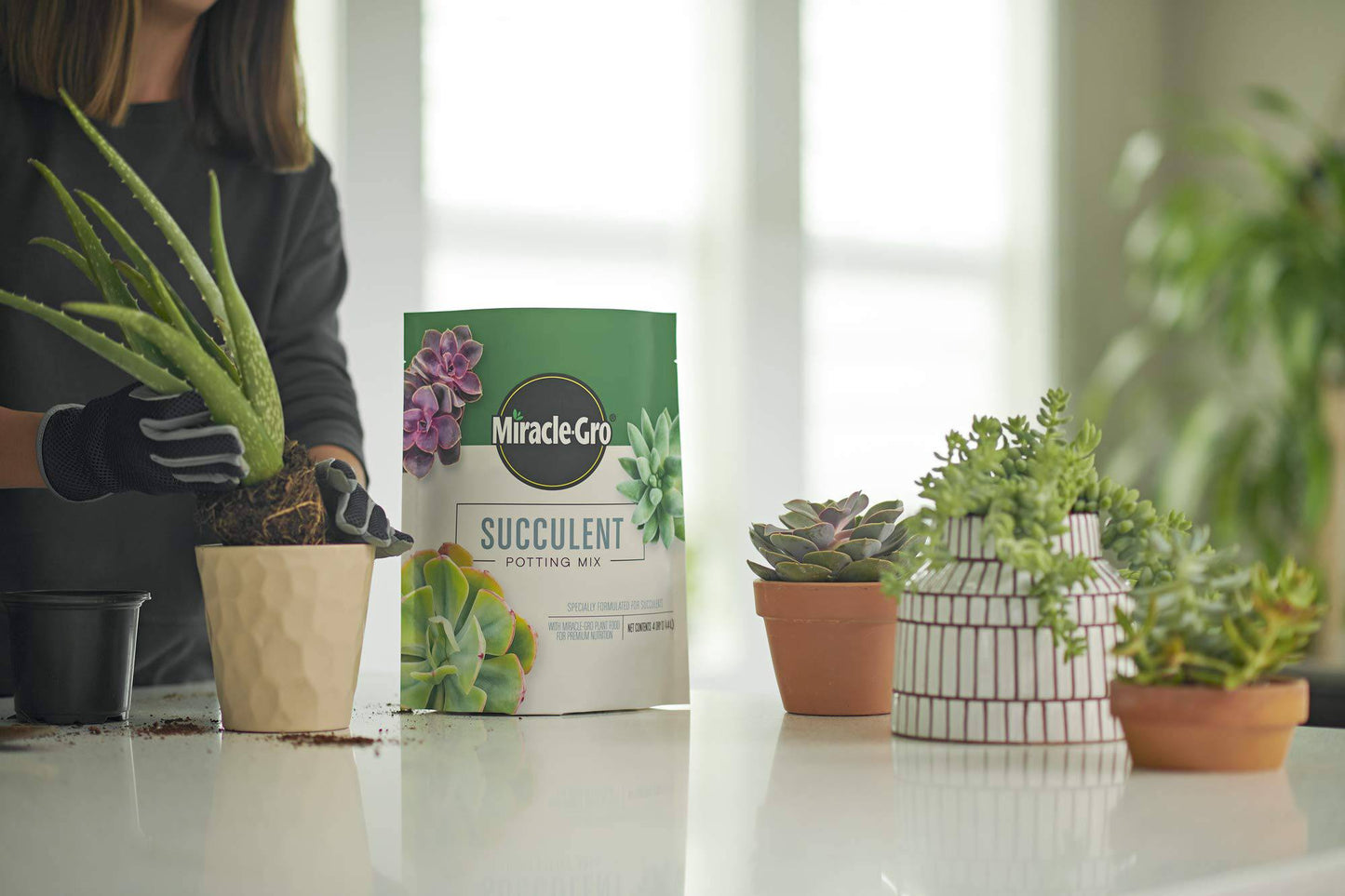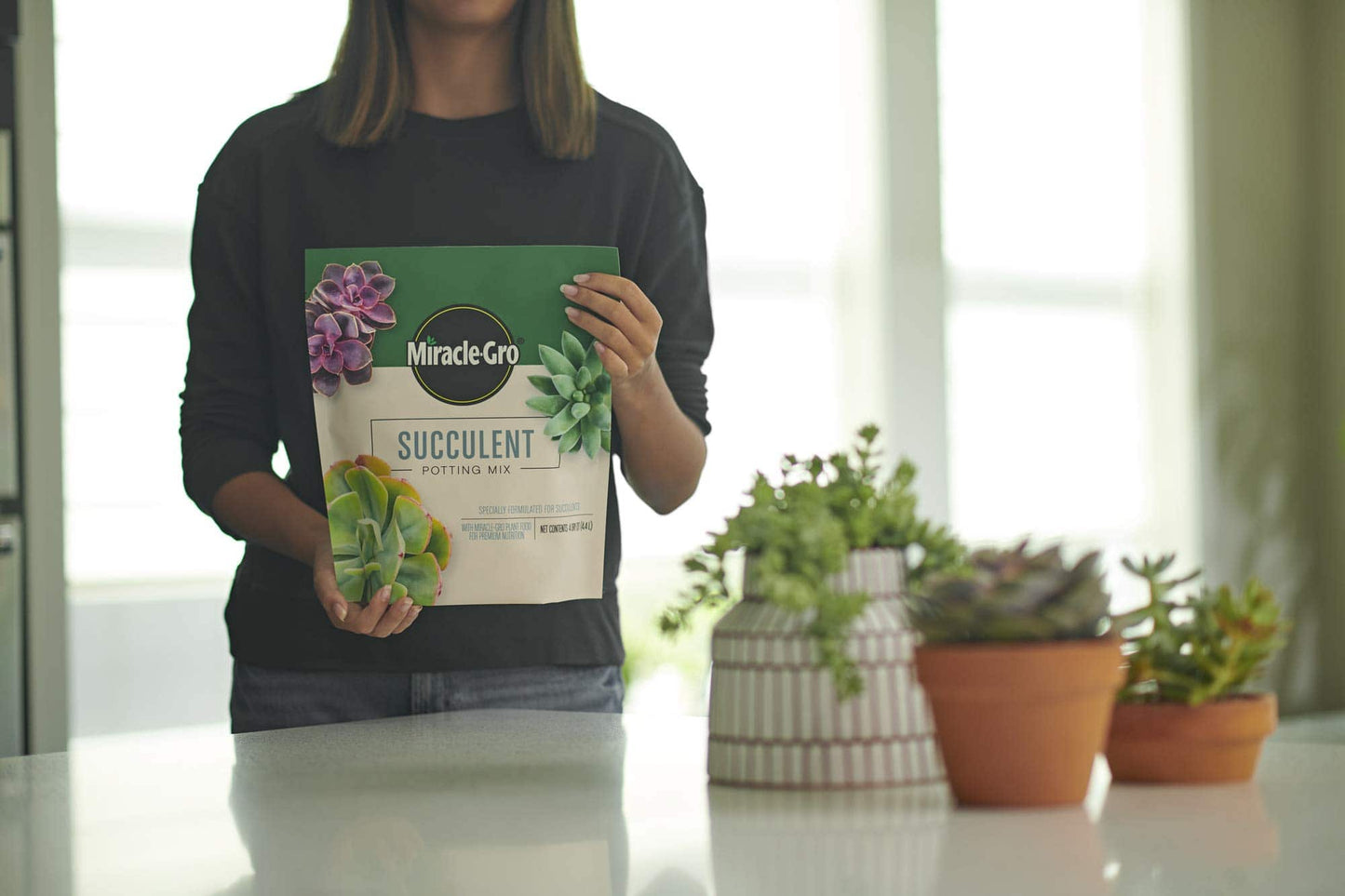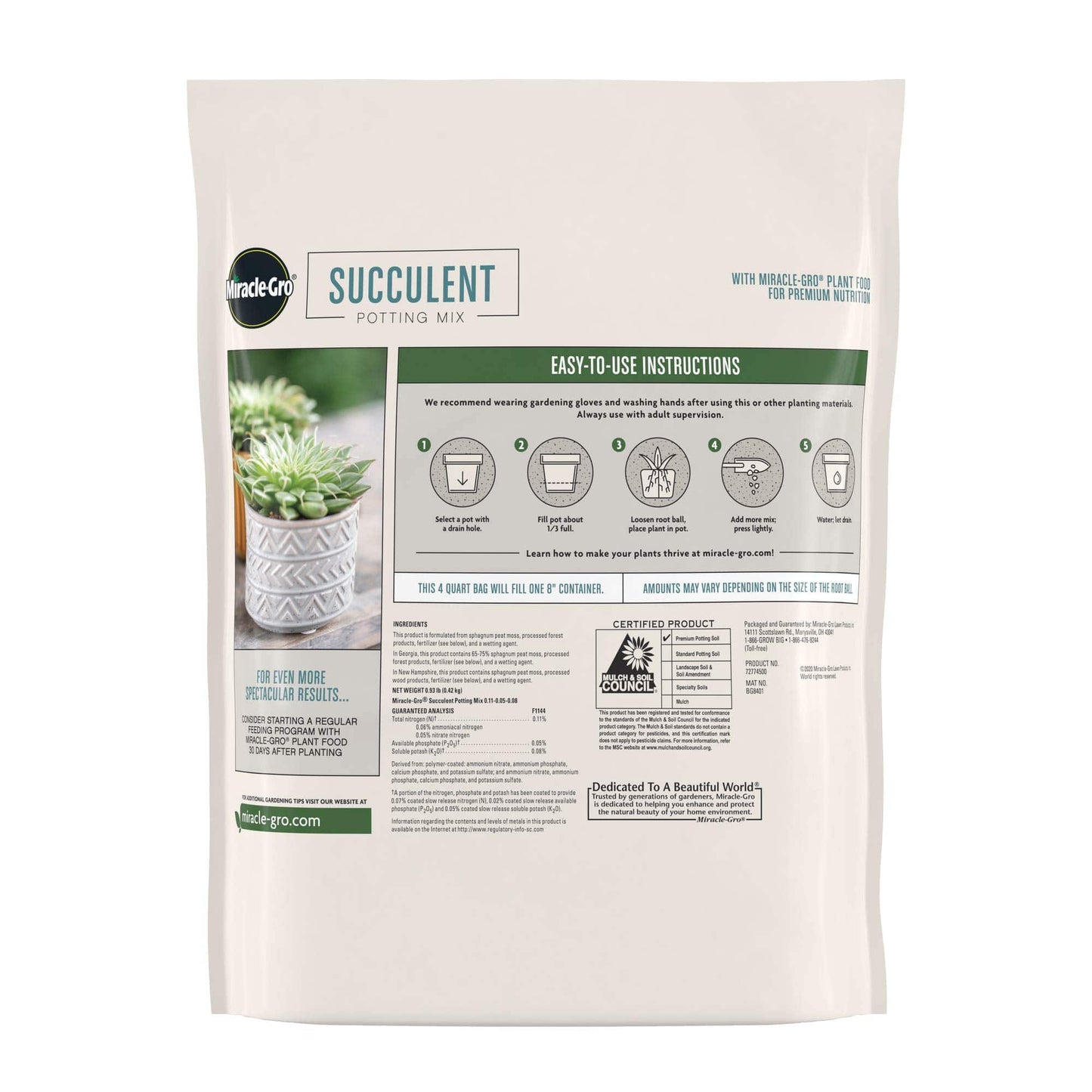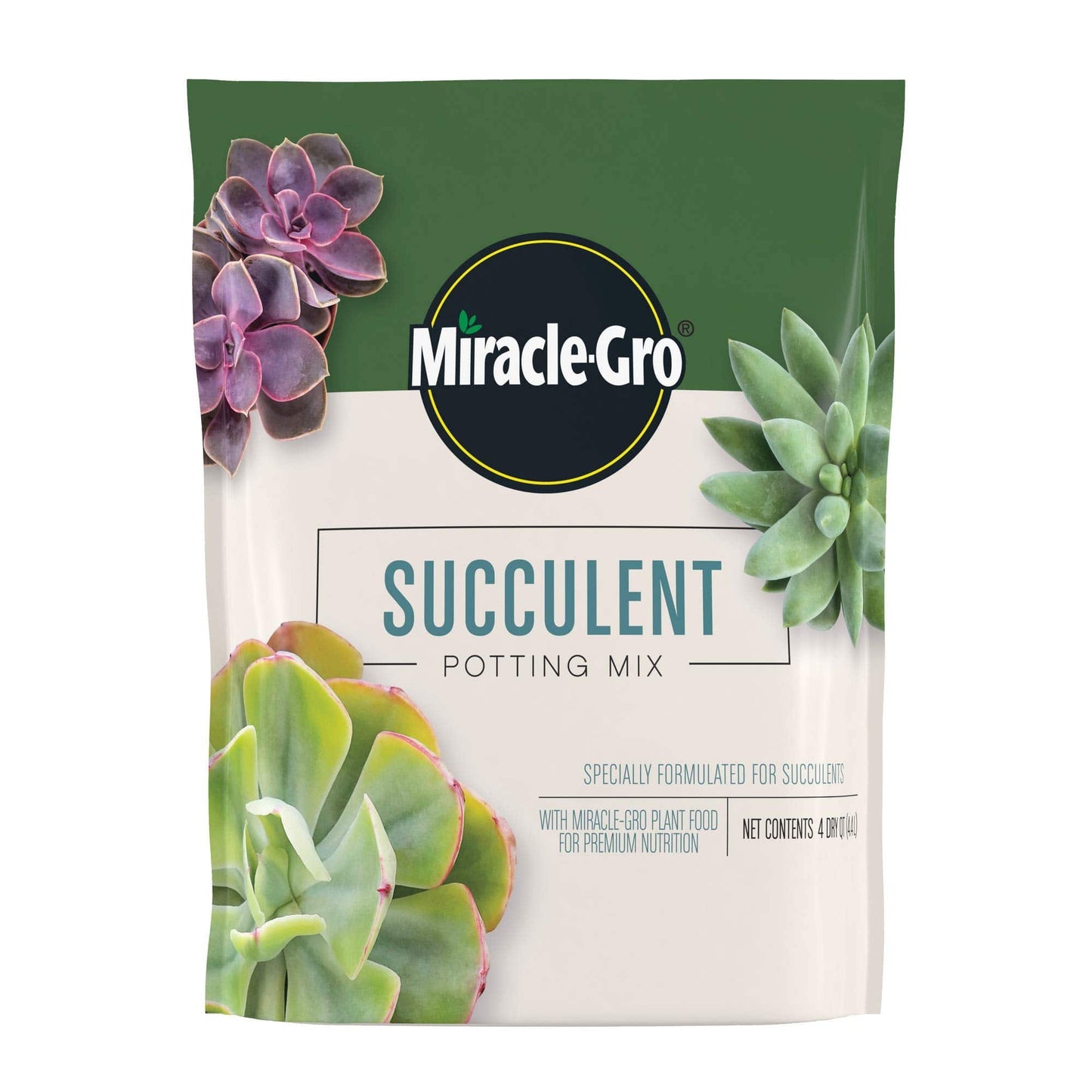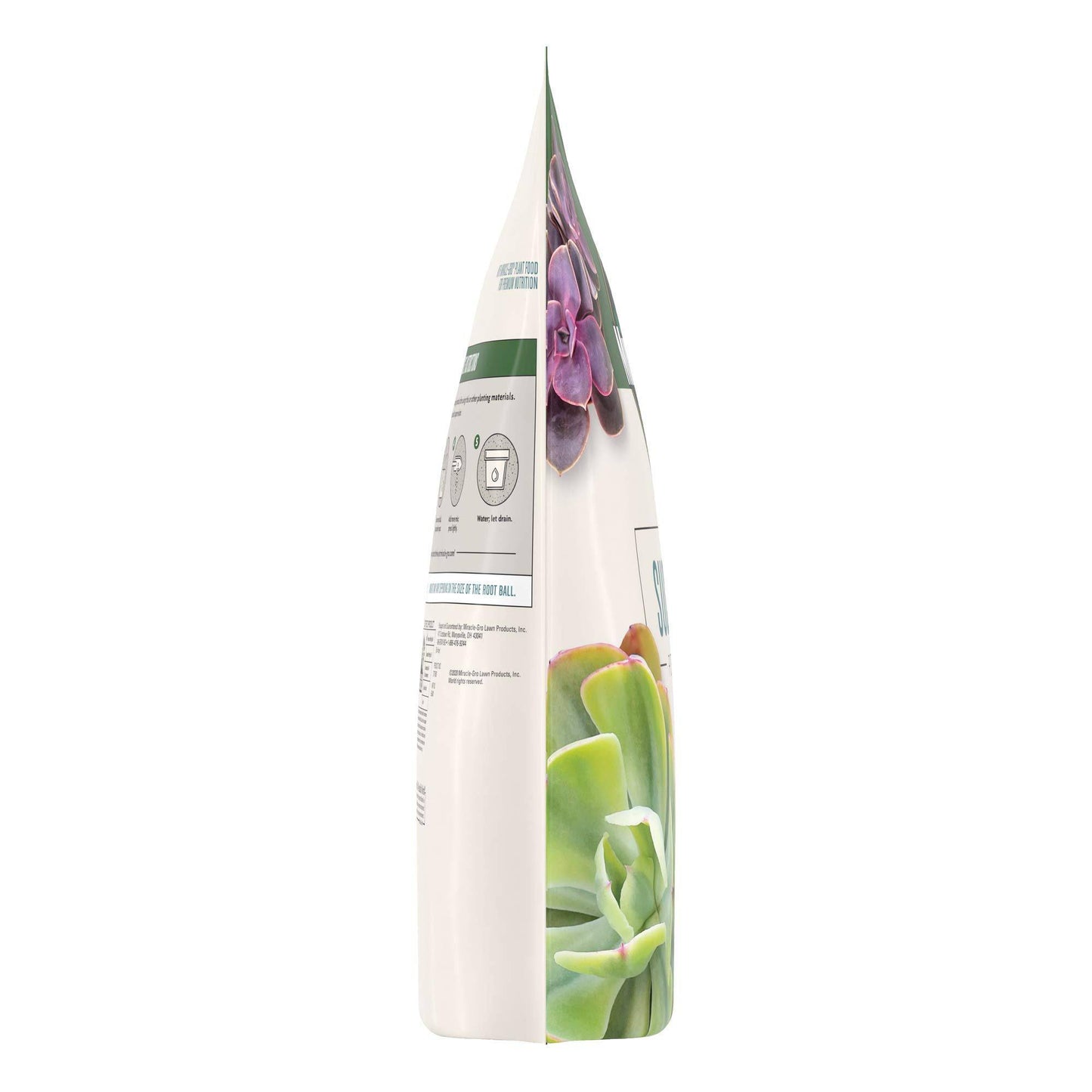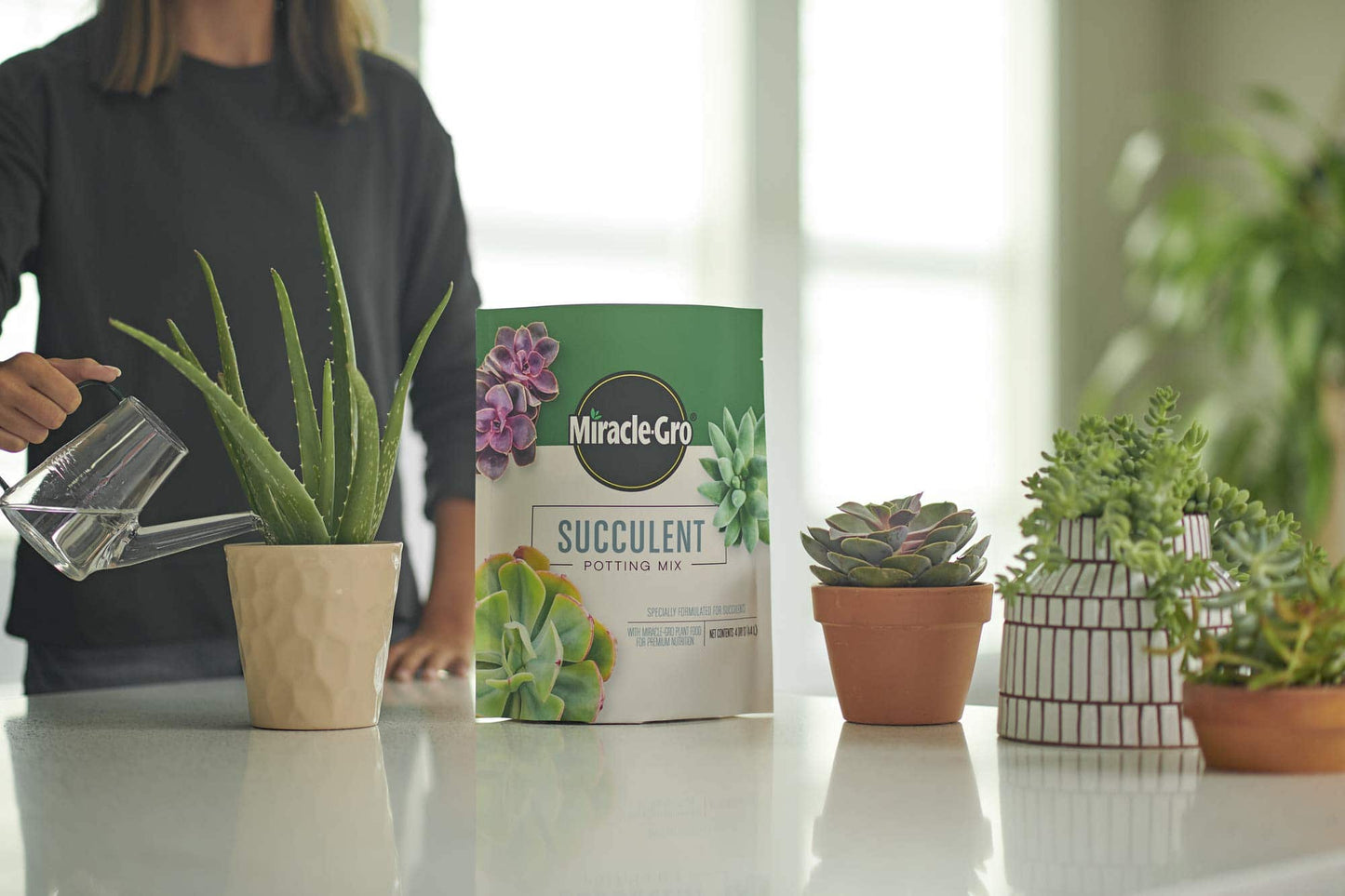Introduction to Horticulture
Horticulture is the art and science of plant cultivation. It encompasses a wide range of activities including growing fruits, vegetables, flowers, and ornamental plants. Whether you're a seasoned gardener or a beginner looking to develop a green thumb, mastering the principles of horticulture is essential for creating a thriving garden or farm.
Tips for Successful Horticulture
- Start with the right soil: Good soil is the cornerstone of successful horticulture. Conduct a soil test to determine its pH level and nutrient content. Amend the soil as needed to create an optimal growing environment for your plants.
- Choose the right plants: Select plants that are well-adapted to your local climate and growing conditions. Consider factors such as sunlight exposure, temperature, and soil type when choosing plant varieties for your garden.
- Provide adequate water and sunlight: Most plants require a consistent supply of water and ample sunlight to thrive. Be mindful of each plant's specific water and light requirements to ensure healthy growth and development.
- Implement crop rotation: Rotate your crops each season to prevent soil depletion and minimize pest and disease problems. Crop rotation helps maintain soil fertility and overall plant health.
Techniques for Horticulture
Effective horticultural techniques can enhance the productivity and beauty of your garden. Consider incorporating the following practices into your gardening routine:
- Pruning: Regular pruning of trees, shrubs, and flowering plants helps maintain their shape, promote healthy growth, and encourage flowering. Use clean, sharp tools to make precise cuts and remove dead or diseased plant material.
- Companion planting: Take advantage of companion planting to create mutually beneficial plant combinations. Pairing compatible plant species can help deter pests, enhance soil fertility, and improve overall plant health.
- Mulching: Mulching is a valuable technique that offers multiple benefits to your garden. Apply organic mulch around plants to retain soil moisture, suppress weed growth, regulate soil temperature, and improve soil structure.
- Integrated pest management (IPM): Implement an IPM approach to pest control by using a combination of cultural, biological, and mechanical control methods. Minimize the use of chemical pesticides and prioritize natural pest management solutions.
Best Practices for Horticulture
By following best practices, you can optimize your horticultural efforts and achieve greater success in your gardening endeavors. Consider integrating the following practices into your gardening routine:
- Regular maintenance: Stay on top of essential garden tasks such as watering, weeding, pruning, and fertilizing. Regular maintenance helps prevent problems and promotes healthy plant growth.
- Continual learning: Horticulture is a dynamic field with constantly evolving techniques and trends. Stay informed about the latest horticultural developments, attend workshops, and seek advice from experienced gardeners to expand your knowledge and skills.
- Experimentation and innovation: Don't be afraid to experiment with new plant varieties, cultivation methods, and gardening techniques. Embrace innovation and creativity in your horticultural pursuits to discover what works best for your unique garden environment.
- Community involvement: Engage with local gardening communities, participate in garden clubs or events, and share your horticultural knowledge with others. Building connections within the gardening community can provide valuable support, resources, and inspiration for your gardening projects.


